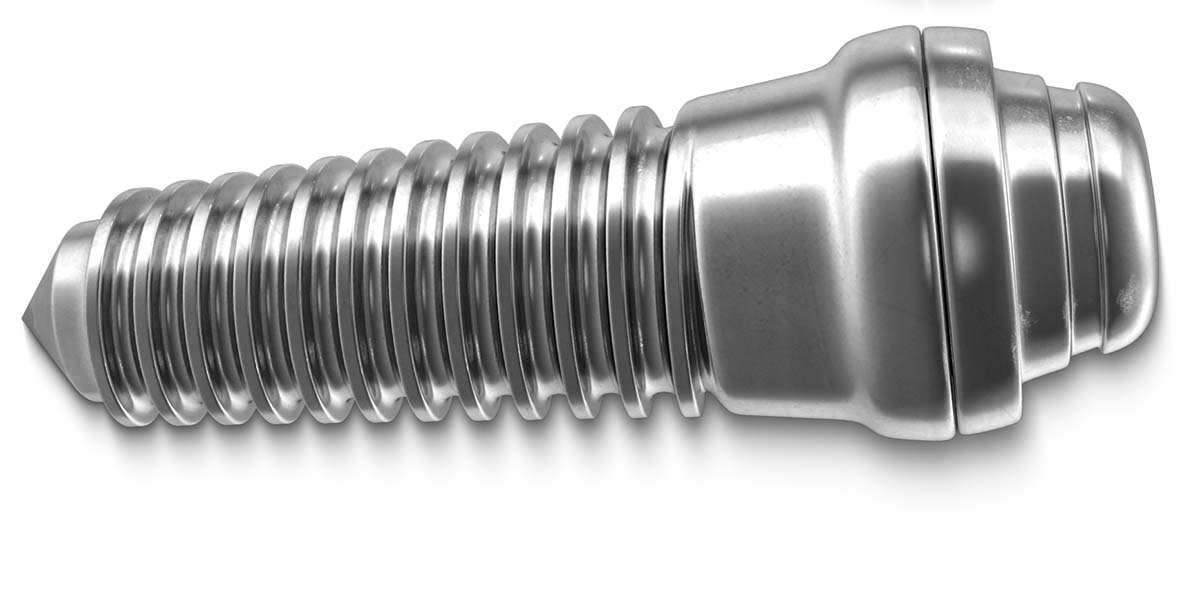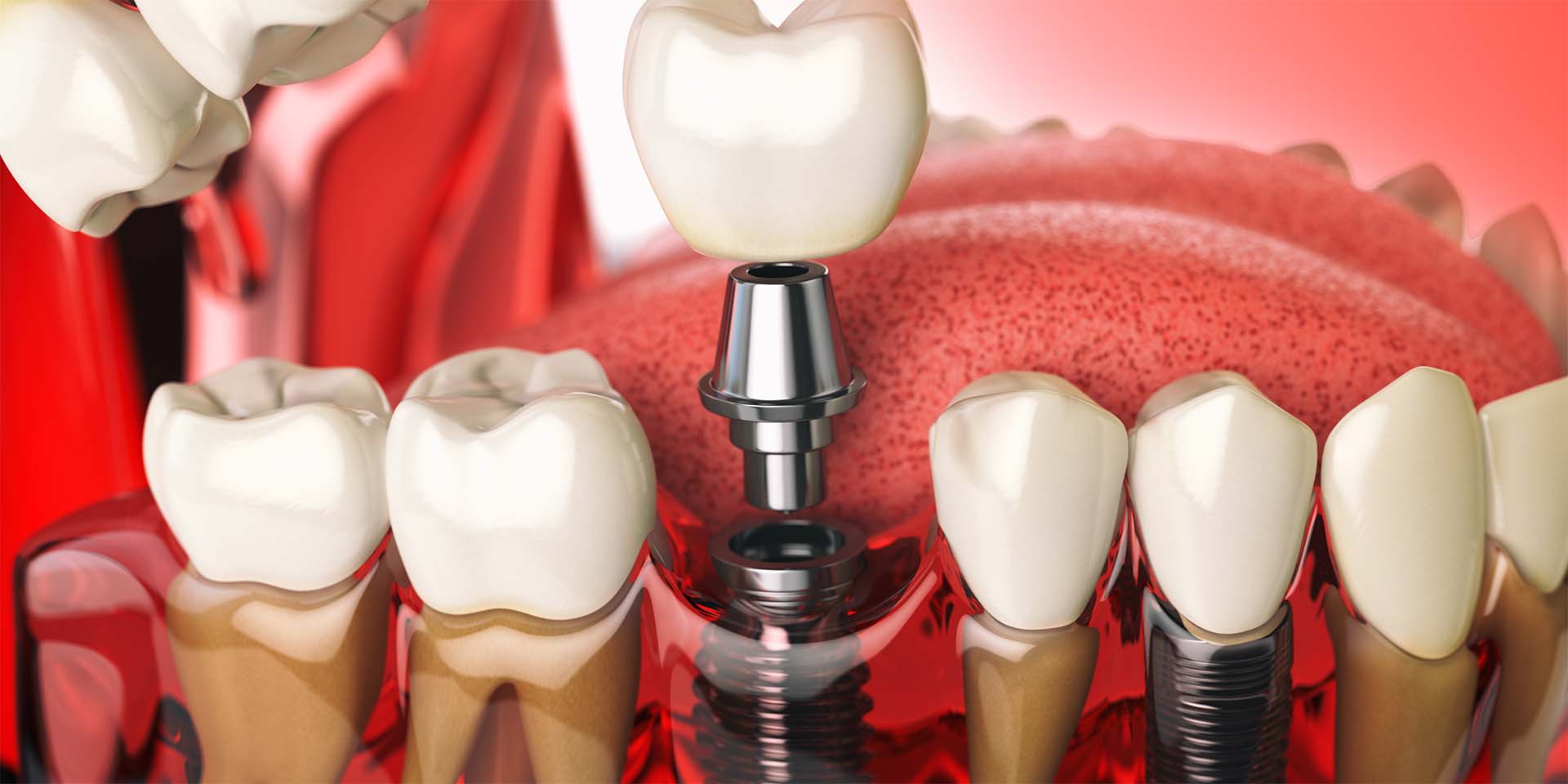Introduction
Imagine this: you’ve just left the doctor’s surgery. Your smile is fresh, but there’s still a slightly strange feeling. Between the excitement of having solved a problem and the fear of spoiling this new ‘investment’ in your jaw, the inevitable question arises: ‘And now, how do I look after it?’
Don’t worry, you don’t need a dental degree to keep your implants in perfect condition. After all, looking after an implant is a bit like looking after a plant: it requires attention, consistency and, of course, a dose of patience.
The first week.
The first seven days after the implant is placed are like the first few weeks with a new mobile phone: everything is fragile and you need to treat it with extreme care. During this period, your body begins the process of osseointegration – which, in translation, is basically the moment when the bone decides whether or not to accept the new tenant.
Statistics from the European Academy of Implantology indicate that 90 per cent of failures are due to infections or inadequate care in the initial phase. And we don’t want that, do we?
- Avoid chewing on the side of the implant.
- Say goodbye to very hot or crunchy food. Warm soup and mashed potatoes are your new best friends.
- Don’t forget to use a mouthwash recommended by your dentist to avoid unwanted bacteria.
Oral hygiene: the invisible guardian
An implant without care is like a new house without cleaning – it quickly loses its lustre. It’s not enough just to brush your teeth; you need to commit to a high-precision oral routine.
Did you know that bacterial plaque can build up in the spaces between the implant and the gums, causing peri-implantitis? This condition can be catastrophic, even leading to the loss of the implant. This is where your allies come in:
- Interdental brushes (choose sizes that fit the space between the teeth).
- Electric brushes with soft heads and gentle movements.
- Mouthwashes with chlorhexidine (in doses recommended by your dentist).
According to a study in the Journal of Periodontology, the use of interdental brushes reduces plaque build-up by 35 per cent more than dental floss.

Food: what goes on your plate is reflected in your smile
Have you ever been told that you are what you eat? Well, your dental implant lives this reality too. In the first few months, it’s essential to choose foods that promote bone health and prevent damage to the implant.
Calcium-rich foods such as milk, broccoli and spinach are friends of your smile. Calcium is essential for strengthening the bones that support the implant.
On the other hand, it prevents ‘food traumas’:
-No crunchy apples or peanuts.
-Goodbye to chewing gum and toffee.
Fun fact: According to the International Dental Journal, a balanced diet can improve the healing process by up to 30 per cent.
Regular check-ups: the ‘operating system’ of your implant
Regular visits to the dentist are more than a luxury, they’re a necessity. It’s during these visits that invisible problems can be detected before they become a nightmare.
Data from the International Journal of Oral Science indicates that patients who have six-monthly check-ups have a success rate of over 98 per cent. Take advantage of these appointments:
-Professional cleaning.
-Make sure the implant is properly integrated.
-Receive personalised maintenance advice.
Lifestyle: the discreet villain
Here’s an alarming fact: smoking increases the risk of implant failure by 3x, according to a study by the Harvard School of Dental Medicine. Smoking not only reduces blood flow to the gums, it also interferes with their ability to heal.
What about alcohol? Although an occasional glass of wine isn’t a problem, constant abuse can delay the osseointegration process. Moderation is the key word.
Conclusion
Maintaining a healthy dental implant is like a long-term pact. With dedication and attention, it can last a lifetime. Follow these tips and watch your new smile not only survive, but thrive. After all, who doesn’t want their investment in oral health to be an absolute success?
Are you ready to take the next step in your oral care routine?
Scientific references
- European Academy of Implantology. (2021). “Osseointegration and Success Rates.”
- Journal of Clinical Periodontology. (2020). “Interdental Brushes and Plaque Reduction.”
- International Dental Journal. (2019). “Dietary Impact on Post-Implant Healing.”
- International Journal of Oral Science. (2021). “Importance of Regular Maintenance for Implant Longevity.”
- Harvard School of Dental Medicine. (2020). “Smoking and Implant Failures.”



